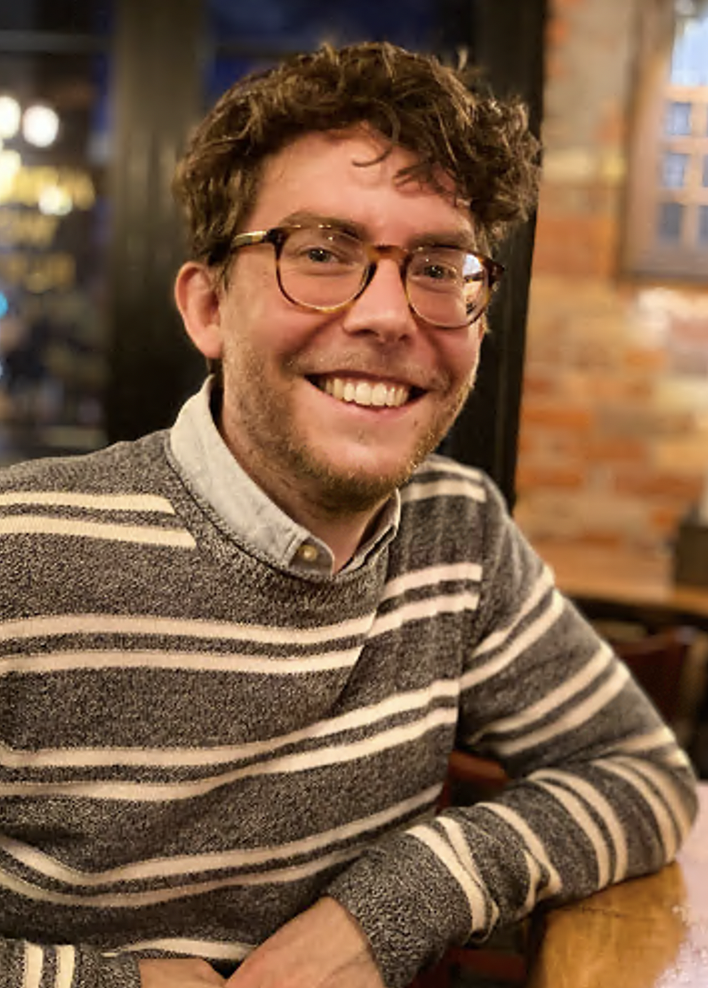Written by guest blogger Gregory Fewster.
If you were to walk into the ROM today, you are sure to find fascinating objects, from fossilized dinosaurs and brightly coloured gems, to marble sculptures from ancient Rome, and sarcophagi from ancient Egypt. These are exactly the sorts of things we expect to find in big, public museums. But very rarely do we stop and think about their presence there. Consider the Egyptian artifacts in particular. For most of their existence, the artifacts on display in the ROM were buried in rock and sand in Egypt. But at some point, people dug them up, packed them in crates, and shipped them across the Atlantic ocean to Canada to be studied and displayed.
If that seems normal to you, you are not alone. But my research seeks to challenge those things we take for granted. It interrogates the assumptions many of us hold about the reasons why and how western institutions, like the ROM, assemble collections of ancient artifacts that are not our own. Many scholars are conducting this kind of research. They have identified big-picture patterns, for example, how imperialist and colonialist ideologies have historically underwritten European and North American collecting habits. And they have documented the more practical mechanisms by which western archaeologists were able to export Egyptian antiquities in the first place. After all, since 1835, exporting antiquities from Egypt has been forbidden. For my part, I have been studying the Egypt Exploration Society (EES). Founded in 1881 in London, England, this Society collected public donations to fund excavations in Egypt. The EES was able to come to an arrangement with the Egyptian Antiquities Service (called “partage”) that allowed them to take a portion of their discoveries back to England. For several decades afterwards, it was common practice for the EES to distribute artifacts to museums across the world, including to Canada. Not only do many of the artifacts in the ROM collections result from subscriptions to the EES, one of the ROM’s founding Directors – Charles Trick Currelly (1876-1957) – began his career working for the EES as an archaeologist.
A lot of what we know about the arrangement between the EES and the Egyptian Antiquities Service, and its practical application, comes from formal publications produced by the EES. These kinds of records often paint a picture of a very orderly and regulated system of excavation, export, and distribution, that benefitted the image of the institution. But the past is always messier, and troubled, than such pictures tend to reveal. And scholars like me are interested in finding other kinds of evidence that reveal those messier aspects. It was very exciting, then, to find two letters addressed to Currelly in the ROM archive. They were written to Currelly early in 1906 by one of his EES colleagues, the famous papyrologist Bernard P. Grenfell (1869-1926). In the first letter, Grenfell invites Currelly to come to visit the ancient Egyptian city of Oxyrhynchus and peruse the artifacts they were finding there. But in the second, Grenfell discusses the shipment of artifacts from that site to Toronto, in some ways that depart from the formal arrangement established between the EES and the Egyptian Antiquities Service. It is evidence like these letters that enable us to peer behind the curtain and see the messier realities – especially the personal relationships and social conventions – that characterize the movement of antiquities out of Egypt and into Canada. You can read all about these letters and the broader context they reflect in my article: “Two Letters from B.P. Grenfell to C.T. Currelly in the Royal Ontario Museum Archive: New Evidence for the Acquisition of Egyptian Antiquities in Canada,” in the latest issue of Mouseion.
 GREGORY FEWSTER (PhD, University of Toronto) is a Postdoctoral Fellow in Antiquity and Early Christianity at the MF Norwegian School of Theology, Religion, and Society in Oslo, Norway. A scholar of Religion and historian of the Book , Gregory is interested in understanding the intersection of religious and textual cultures of the ancient Mediterranean and how modern practices of collection and curation have shaped contemporary perceptions of the past. Before moving to Norway, he held a Social Sciences and Humanities Research Council Postdoctoral Fellowship, where he conserved, catalogued, and uncovered the provenance of a collection of Greek papyrus manuscripts at the Royal Ontario Museum (ROM). His book The Authentic Pauline Corpus: Critical Scholarship and the Making of a Christian Book is forthcoming with McGill-Queen’s University Press.
GREGORY FEWSTER (PhD, University of Toronto) is a Postdoctoral Fellow in Antiquity and Early Christianity at the MF Norwegian School of Theology, Religion, and Society in Oslo, Norway. A scholar of Religion and historian of the Book , Gregory is interested in understanding the intersection of religious and textual cultures of the ancient Mediterranean and how modern practices of collection and curation have shaped contemporary perceptions of the past. Before moving to Norway, he held a Social Sciences and Humanities Research Council Postdoctoral Fellowship, where he conserved, catalogued, and uncovered the provenance of a collection of Greek papyrus manuscripts at the Royal Ontario Museum (ROM). His book The Authentic Pauline Corpus: Critical Scholarship and the Making of a Christian Book is forthcoming with McGill-Queen’s University Press.
“Two Letters from B.P. Grenfell to C. T. Currelly in the Royal Ontario Museum Archive: New Evidence for the Acquisition of Egyptian Antiquities in Canada” was published in Mouseion 20.1 and is Free to Read until November 4th, 2024.
Comments on this entry are closed.